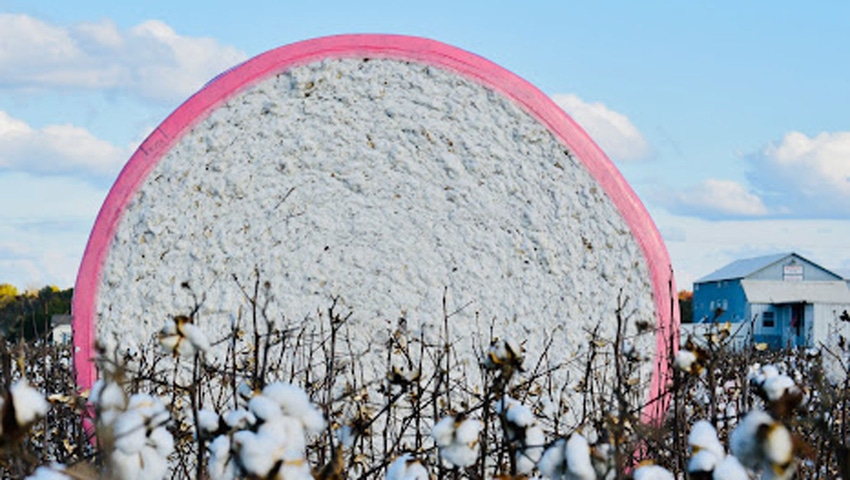
Interviewing farm families is the best part of this blessed job, but it’s not the only best thing. The best sometimes happens after the iPhone, pen and notebook have been tucked away, along with the camera, and the conversation continues. Just talk about things other than farming, like hunting, fishing, football, or stories about family, about kids or mutual friends. Jokes are good, too.
And my fellow Farm Press colleagues would agree.
This week across our digital platform, you meet the 30th Class of High Cotton winners, an outstanding class of decades of outstanding classes. You’ll also see the bylines of the Farm Press editors who visited with the winners to bring their stories to you. Most of us have been surrounded by cotton our entire lives, working it, scouting it and harvesting it. None of the editors you’ll read in this issue, including me, worked for Farm Press when the High Cotton program started 30 years ago, but the spirit of the ones who did start the legacy remains. We do our best to carry it on.
Our stalwart Delta Farm Press editor Brent Murphree will tell you about Louisiana farmer Edward Greer, who farms 8,500 acres around Rayville and Start. He also grows rice, soybeans, wheat, grain sorghum and corn. His family has farmed in Rayville, La., since the 1800s.
Our multi-skilled Southwest Farm Press editor Shelley Huguley will tell you about Richard Gaona of Roby, Texas. Gaona and his wife Judy produce 3,000 acres of dryland cotton and 200 irrigated, along with 1,350 acres of wheat and hay and 700 pasture acres for their commercial Angus beef cattle.
Our road-dog Western Farm Press associate editor Todd Fitchette will tell you about growing cotton in the desert. Intense summer heat, occasional insect infestations, and urban encroachment are nothing new for Jerry Rovey, who’s farmed west of Phoenix for over 60 years.
And I will tell you about the Wendland family from Autaugaville, Ala. The Wendlands were gracious and made my visit to their farm both productive and welcoming. By chance, I visited their farm the last day of their cotton harvest, and the day also fell on my 50th birthday.
Andy and his wife, Dawn, knowing it was my birthday, took me out to eat that night. We ate at Uncle Mike’s. The best Cajun-style food I’ve had, and one of the best meals I’d had in a while. And it happened well after the ‘formal’ interview was over. That was very kind and appreciated by me and my family back home when I told them.
There is still one person who remains with us who was working for Farm Press when the High Cotton Award program was born. That’s Sandy Perry. Thank you, Sandy, for all you’ve done to keep this special program thriving.
Also, thank you to our High Cotton award sponsors Americot, BASF Stonevilee/FiberMax, Deltapine, Dyna-Gro, Helena, John Deere, PhytoGen and Syngenta
Read more about:
High CottonAbout the Author(s)
You May Also Like






